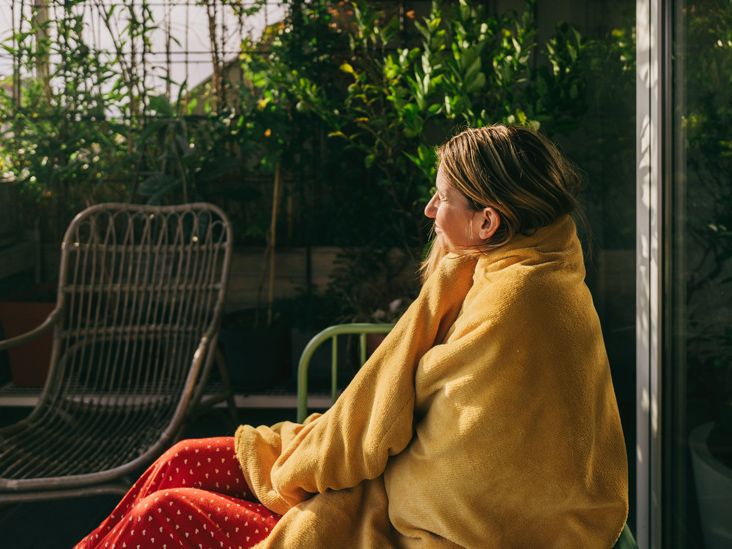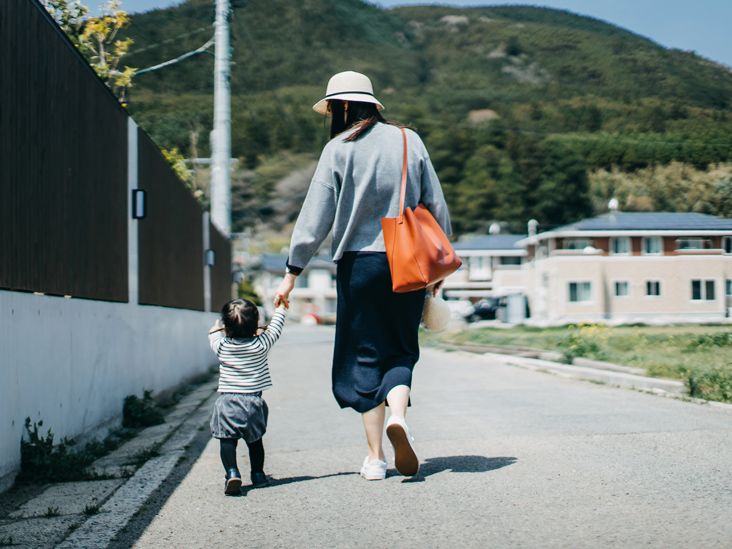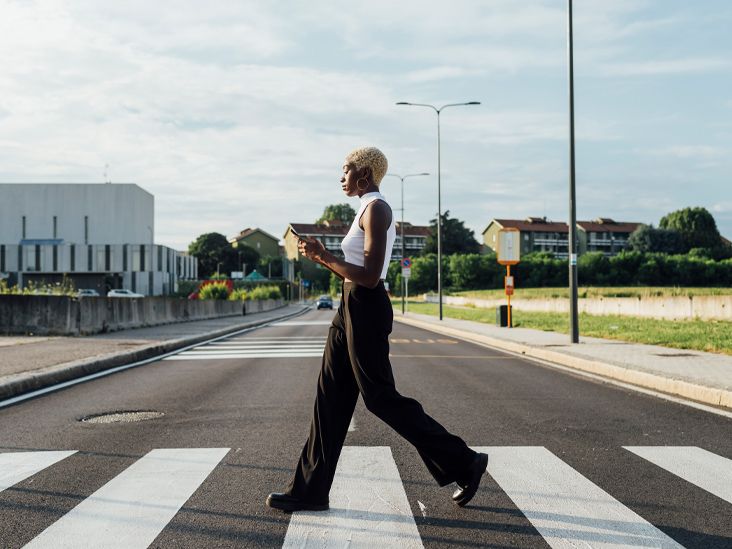
Content warning
This article mentions anxiety, depression, and feelings of hopelessness.
If you’re thinking of hurting yourself or are having suicidal thoughts, please call the National Suicide Prevention Lifeline at 800-273-8255.
You can also call 911 in the case of a mental health emergency.
One of my favorite things about my job at Healthline is getting to work on mental health content that (hopefully) helps remove the stigma around mental conditions.
This is especially important to me, as I was diagnosed with generalized anxiety disorder (GAD), panic disorder, and depression when I was 21 years old. I’ve been on antidepressants and anti-anxiety medications ever since, but unfortunately, there’s no cure-all to mental health conditions.
I dealt with this realization long before my diagnosis, and in attempting to find solutions that work for me, I’ve found that self-care looks drastically different for everyone.
Through my work at Healthline, I’ve had the privilege to learn so much about different people, mental health conditions, therapy approaches, and more. I’m endlessly thankful for this opportunity.
But having mental health conditions that often impact my day-to-day is never easy — it’s my reality, even when I try not to make it my entire identity.
My anxiety and depression existed long before I received a formal diagnosis from a psychiatrist.
I experienced anxiety from a young age. I remember it inhibiting me from being social with other kids from as early as 4 years old. I initially thought I was just an introvert who was constantly nervous to raise my hand in class or order food for myself.
These behaviors continued into my teenage years and as a young adult. In college, I went through a few traumatic events that I affectionately referred to as “when my brain broke.”
When I didn’t address these traumas, my anxiety and panic began to manifest in a way I had never felt before. Suddenly, I was unable to sit in a restaurant without feeling intensely anxious. The first time it happened, I was out to dinner with friends, celebrating the end of the semester. I kept having to leave the restaurant for air, but my hands wouldn’t stop shaking, and my mind was in complete overdrive.
A few weeks later, when I returned home for the summer, I started having anxiety attacks. I began going to therapy to cope with these very confusing experiences. My therapist told me I had agoraphobia, a type of anxiety disorder that causes people to avoid places and situations that make them feel trapped or panicked.
Still, though, I didn’t understand why I was feeling so uneasy in the comfort of my bedroom. The panic and anxiety never ended — it would happen when I went for a walk, when I was in the car, when I was sitting in the living room and watching TV with my parents.
It even got so bad that one day, I experienced vasovagal syncope, which is when you faint or pass out when experiencing intense emotions, like fear or fright. In my case, it was panic.
Having gone to therapy all summer (and planning to continue throughout the upcoming semester), I went back to school, believing I had it all under control. Unfortunately, things only got worse.
From the moment I woke up, I was anxious. Some mornings, I would cry while I drove to campus because I was so scared to sit in a classroom for 2 hours. I constantly feared having an anxiety attack and fainting again. I hated myself. I hated that I was in my senior year of college and couldn’t sit through a class without running out and calling my mom, because I felt like I couldn’t breathe.
I thought I had reached rock bottom before, but this was truly the worst I had ever felt.
I felt so hopeless. I couldn’t think about applying to jobs for post-graduation because I didn’t think I could sit in an office all day. My parents were worried about me. They welcomed me home for winter break with open arms, and together, we all decided it was time that I try medication.
In January, I went to a psychiatrist for the first time. Finding one who was accepting patients was nearly impossible, so we had to go with one who wasn’t on our health insurance. I am thankful my parents were able to afford this for me, but this isn’t the case for everyone.
The psychiatrist diagnosed me with GAD, panic disorder, and clinical depression. In complete honesty, this made me feel awful. I felt like I was “crazy,” and I wondered how I ended up like this.
That month, I went on Lexapro. My psychiatrist had to up my dosage once before it started to work, about a month and a half later. I could sit in class and have a conversation with the person next to me. I could go food shopping by myself. I was actually able to meet new people, go on dates, and even hang out with friends at bars. Things that had once felt impossible weren’t so impossible anymore.
While medication has been a wonderful way for me to manage my anxiety and depression, it hasn’t been a linear journey. A year and a half later, Lexapro no longer worked for me.
I’m currently on Zoloft and buspirone, and I take alprazolam on days when my anxiety is particularly unruly. I’m also still in therapy. Some days I feel OK, and others are very difficult.
Unfortunately, there is no one-size-fits-all solution to mental health conditions, even if you have the same one(s) as me.
There are a number of things I do on a daily basis to keep myself afloat outside my medication. Some of my most trusted everyday habits include:
- daily movement
- cognitive behavioral therapy
- journaling
- planning my days
- meditation
- reading
According to the
Regardless of what you may have, mental health conditions have one thing in common: They can make people feel alone and alienated. That’s not true, though — and it’ll never be true.
My own experiences with GAD, panic disorder, and depression have shown me that physical and mental self-care is more than buying bath bombs, pretty journals, and essential oils (although, I will admit those things do help me sometimes).
Sometimes, it’s having a go-to meditation available on my favorite app to help me calm down from an anxiety attack. Other times, it’s using a trustworthy telehealth company that ships my medications straight to my doorstep so I don’t have to worry about running out.
To help bridge the gap between different mental health conditions and the best products, apps, and services that make a difference in people’s well-being, we’re happy to present You’re Not Alone. This series is written by talented, intelligent folks who are doing their best with the cards they’ve been dealt.
With the help of our sister brand, PsychCentral, we aim to shed a light on conditions that affect people’s day-to-day lives and what they’re using to make it all a bit easier.
I hope that the personal anecdotes shared by these incredible writers serve as a reminder to take care of yourself, to seek help if you need it, and to use their product suggestions should they align with your needs.
Above all, please remember that you’re never alone.



